Related Research Articles
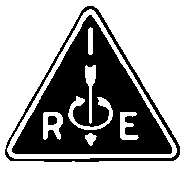
The Institute of Radio Engineers (IRE) was a professional organization which existed from 1912 until December 31, 1962. On January 1, 1963, it merged with the American Institute of Electrical Engineers (AIEE) to form the Institute of Electrical and Electronics Engineers (IEEE).
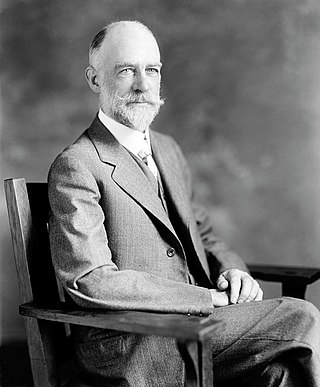
William Frederick Durand was a United States naval officer and pioneer mechanical engineer. He contributed significantly to the development of aircraft propellers. He was the first civilian chair of the National Advisory Committee for Aeronautics, the forerunner of NASA.
John Stone Stone was an American mathematician, physicist and inventor. He initially worked in telephone research, followed by influential work developing early radio technology, where he was especially known for improvements in tuning. Despite his often advanced designs, the Stone Telegraph and Telephone Company failed in 1908, and he spent the remainder of his career as an engineering consultant.

Albert Hoyt Taylor was an American electrical engineer who made important early contributions to the development of radar.

The Naval Consulting Board, also known as the Naval Advisory Board, was a US Navy organization established in 1915 by Josephus Daniels, the Secretary of the Navy at the suggestion of Thomas Alva Edison. Daniels created the Board with membership drawn from eleven engineering and scientific organizations two years before the United States entered World War I to provide the country with the "machinery and facilities for utilizing the natural inventive genius of Americans to meet the new conditions of warfare." Daniels was concerned that the U.S. was unprepared for the new conditions of warfare and that they needed access to the newest technology.
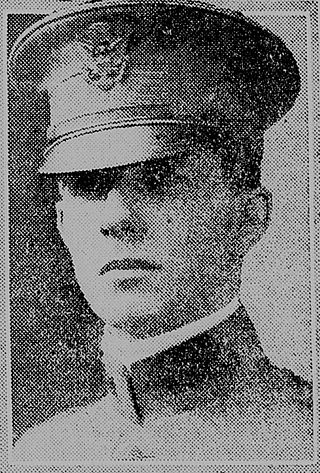
Frank Baldwin Jewett worked as an engineer for American Telegraph and Telephone where his work demonstrated transatlantic radio telephony using a vacuum-tube transmitter. He was also a physicist and the first president of Bell Labs.

Ralph Bown was a noted American radio pioneer.
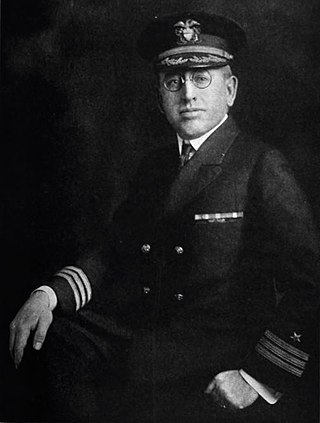
Stanford Caldwell Hooper was a Rear Admiral of the United States Navy, and a noted radio pioneer who has been called "the Father of Naval Radio". Hooper conducted pioneering radio tests, established land stations for communication with the fleet, and served as technical advisor and head of many boards and committees dealing with communications.

Alfred Norton Goldsmith was a noted American electrical engineer.
Haraden Pratt was a noted American electrical engineer and radio pioneer.

John Vincent Lawless Hogan, often John V. L. Hogan, was a noted American radio pioneer.
Dr. Leonard F. Fuller was a noted American radio pioneer. In 1919, Fuller earned a PhD degree at the Stanford Department of Electrical Engineering. In World War I, he was part of the antisubmarine group of the National Research Council, and charged with the design and installation of the "high-power transoceanic radio telegraph stations" built by the United States Army and Navy. He held 24 patients for inventions before his death. He spent time as chair of the electrical engineering department at University of California, Berkeley, and then was acting professor of electrical engineering at Stanford University from 1946 until he retired in 1954.
Charles Stuart Ballantine was an American electronic engineer and inventor.
Frederick Britton Llewellyn was a noted American electrical engineer.

Donald Aubrey Quarles was a communications engineer, senior level executive with Bell Telephone Laboratories and Western Electric, and a top official in the United States Department of Defense during the Eisenhower Administration. He served as both Secretary of the Air Force and Deputy Secretary of Defense.
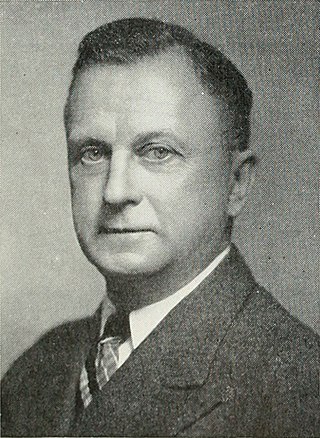
Harold Smith Osborne was an American electrical engineer. He worked for the American Telephone & Telegraph Company for forty years, leading the team that developed the system that enabled long-distance dialing. He was president of the Regional Plan Association and the mayor of Montclair, New Jersey.
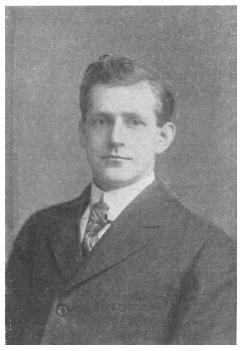
Harry Shoemaker was an American inventor and pioneer radio engineer, who received more than 40 U.S. patents in the radio field from 1901 to 1905. His transmitter and receiver designs set the standard for the U. S. commercial radio industry up to World War One.

Ellery Wheeler Stone CBE was a prominent figure in the history of radio, serving both in government and corporations during the first half of the twentieth century and decorated Rear admiral in the United States Naval Reserve during World War II, while served as Chief Commissioner, Allied Control Commission in Italy.
Robert Henry Marriott (1879-1951) was an American electrical engineer, and one of the first persons to work in the field of radio communication. In 1902 he engineered the first commercial radiotelegraph link established in the United States by a U.S. company, connecting the island of Santa Catalina with the California mainland. He founded the Wireless Institute professional society in 1909, which was merged in 1912 with the Society of Wireless Telegraph Engineers to form the Institute of Radio Engineers (IRE), and served as the IRE's first president.
James W. McRae was an American engineer who served as the third president of Sandia Corporation. Prior to serving as director, he was vice president of the American Telephone and Telegraph Company.